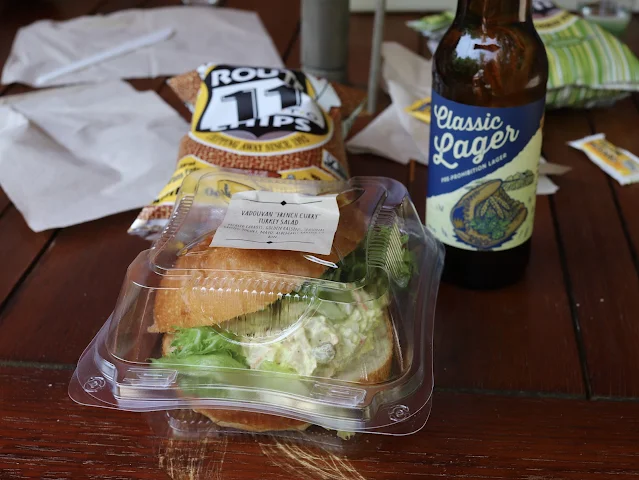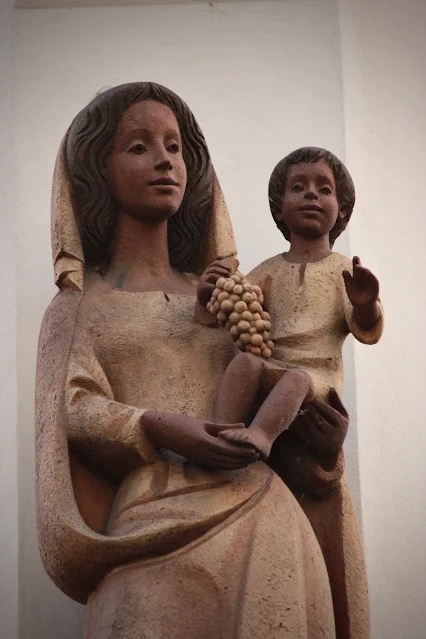Saturday, June 17, 2023
Diary Keepers
Thursday, June 15, 2023
Saunders Bridge
Wednesday, June 14, 2023
Farm Table
Friday, May 12, 2023
Servants of the Damned
Thursday, May 4, 2023
Fences
Monday, May 1, 2023
Tucker House
"The St. George Tucker House is one of the original colonial homes in Historic Williamsburg. It was built in 1718–19 for William Levingston (who, incidentally, built the first theater in America). The house eventually came into the hands of St. George Tucker who had moved from Bermuda to Williamsburg. Tucker was a lawyer and professor of law at the College of William and Mary and later became a state and federal judge. In 1796, Judge Tucker wrote a controversial pamphlet addressed to the General Assembly of Virginia. In it he laid out a plan to end slavery in Virginia because 'the abolition of slavery was of great importance for the moral character of the citizens of Virginia.' He is also famous for his 1803 edition of Blackstone's Commentaries. which has become an indispensable American law text." -- Wikipedia
Friday, April 21, 2023
Live Oak
Saturday, March 25, 2023
Judge Tucker
There is a lot of U.S. and Virginia history (good and bad) embedded in this epitaph:
"Descended from Virginia's best blood, Judge Tucker was by birth and training a gentleman of the old school. He filled with credit and distinction positions of trust and dignity. Was judge of the U.S. Court in the Territory of Missouri, and after his return to his native State was the Professor of Law in the College of Williams and Mary till his death. His influence in developing the minds and character of his pupils was a prominent trait in his character. He was a ready, accurate, and elegant writer. He was hospitable, benevolent, and charitable. And his honor and integrity was without a stain. This eminent scholar and author: upright Judge, learned jurist, constant friend, affectionate Husband and father, died as he lived, a Sage, a Patriot, and a Christian."
Friday, January 13, 2023
Refugees
This quote in Cadbury's book was in reference specifically to the plight of Jews in Germany in 1938, but it occurs to me as being as applicable to the plight of refugees everywhere.
Monday, May 16, 2022
First Landing State Park
Monday, May 19, 2014
Basilika St. Martin
Sunday, May 18, 2014
Old Bridge
Saturday, May 17, 2014
Dürer
Friday, May 16, 2014
Motifs
"In the later 13th century the windows gradually became more pictorial, more refined and mannerist, following the example of illuminated manuscripts. They took advantage of the delicate patterns of the tracery in the windows, added decorative illustrations in the margins, and often placed the central figures beneath elaborate arches and canopies." -- Wikipedia
Thursday, May 15, 2014
House
Geburtshaus
Bronze Font
Kanzel
Marktkirche
The church replaced two former churches in the market area, their towers were integrated into the new building. The Market Church is considered one of the most important buildings of the late Gothic period in central Germany. Its four towers, together with the Red Tower, are the landmark of the city, hence its nickname "Stadt der fünf Türme" (City of the Five Towers).
Justus Jonas introduced the Reformation into Halle, and his friend Martin Luther preached in the church. George Frideric Handel was baptized here and received his first organ lessons. Johann Sebastian Bach inspected the new organ, and his son Wilhelm Friedemann Bach was an organist. The beginnings of both pietism and Enlightenment were connected to the church. Little damaged in World War II, the church is today a historic protected monument." -- Wikipedia
Town Hall





























